16+ APA 6th Edition Examples to Download
When it comes to academic writing, adhering to a specific format is crucial for maintaining consistency, credibility, and readability. One widely used format is the APA 6th edition, which provides guidelines for citing sources, organizing content, and presenting research papers. In this article, we will explore what APA 6th edition format entails, offer a step-by-step guide to writing in this format, address common FAQs, and conclude with a creative perspective on the importance of adhering to this style.
1. APA 6th Edition
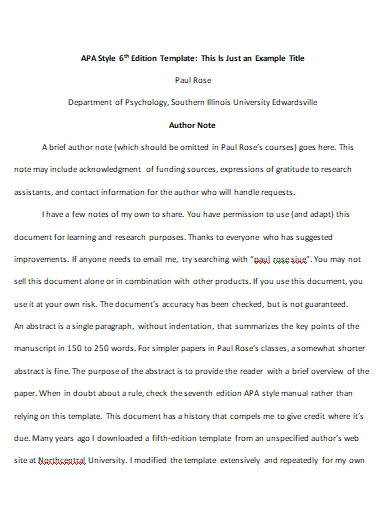
siue.edu
2. APA Referencing 6th Edition
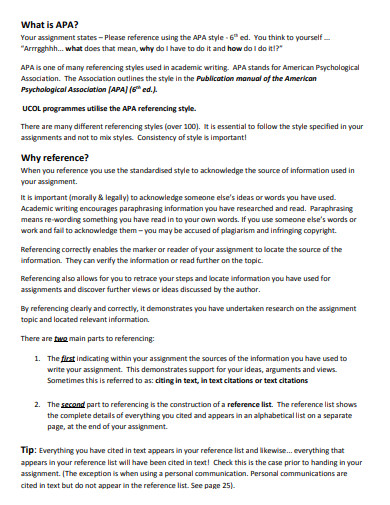
oldi.lipi.go.id
3. APA 6th Edition Example
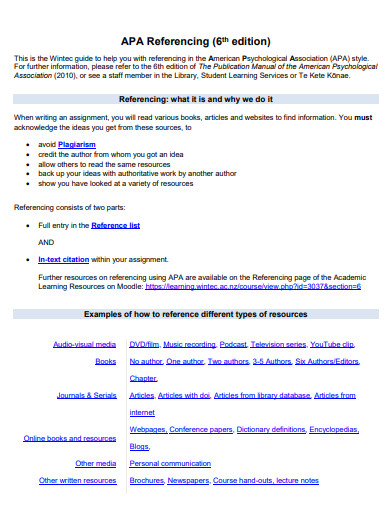
aewintecsitefinity.blob.core.windows.net\
4. APA 6th Edition Table of Contents

csun.edu
5. APA Paper 6th Edition
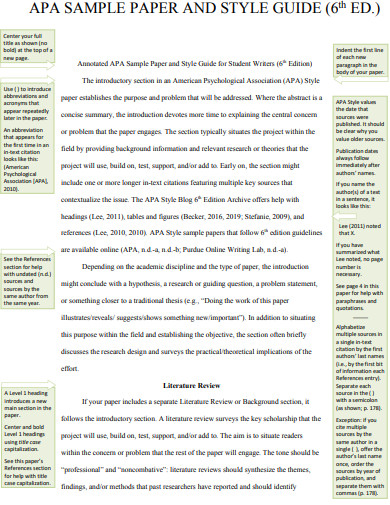
jmu.edu
6. APA Style 6th Edition
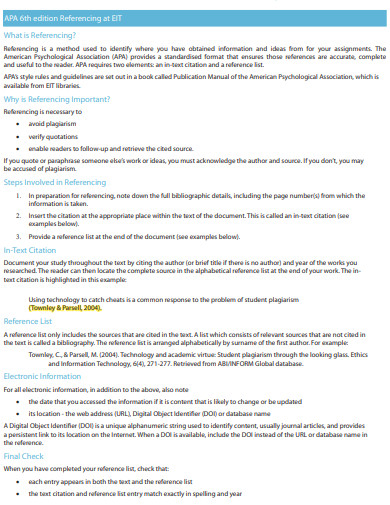
mpmat.unsyiah.ac.id
7. APA 6th Edition Template
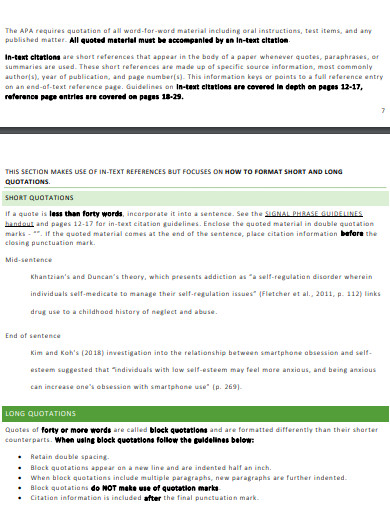
mvcc.edu
8. APA 6th Edition Citation
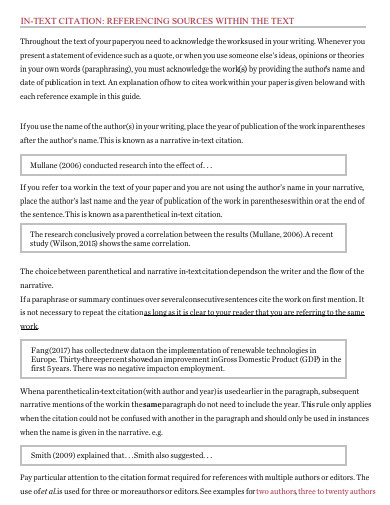
library.westernsydney.edu.au
9. APA 6th Edition Quote
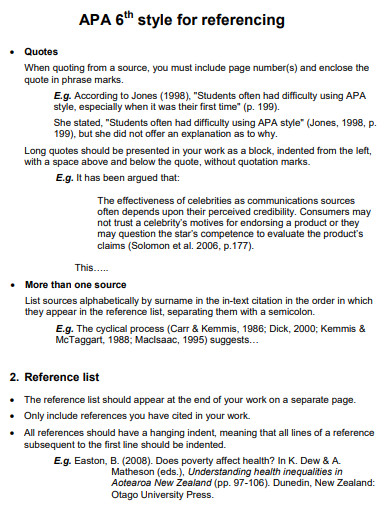
lse.ac.uk
10. Basic APA 6th Edition
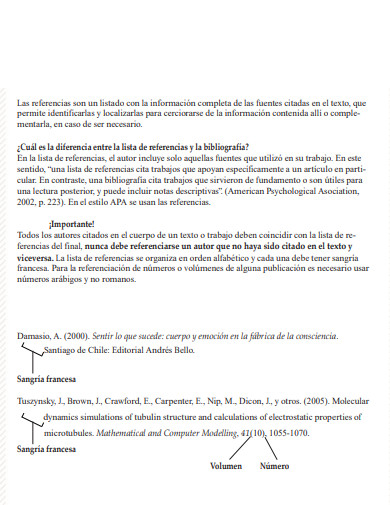
um.es
11. APA 6th Edition Guide

uts.edu.au
12. APA Citation Style 6th Edition
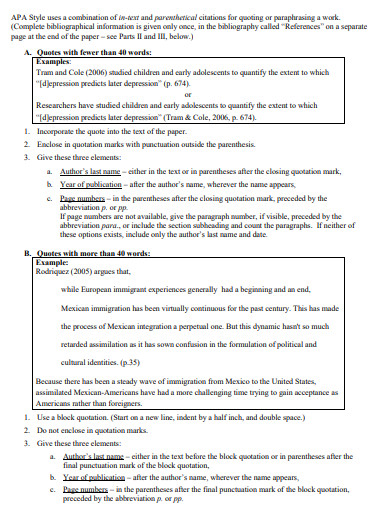
library.laguardia.edu
13. Printable APA 6th Edition
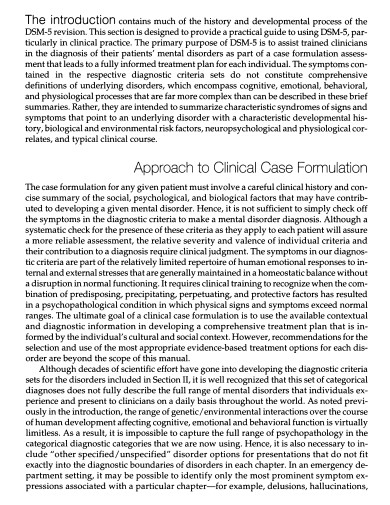
cdn.website-editor.net
14. General APA 6th Edition
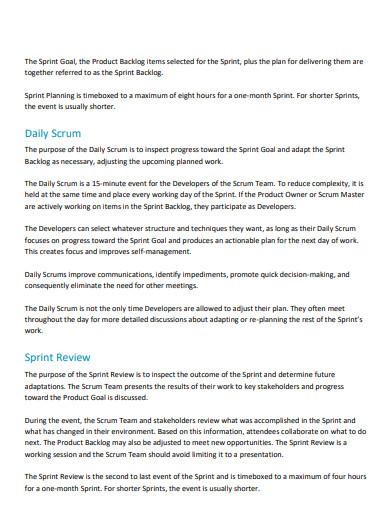
scrumguides.org
15. Standard APA 6th Edition
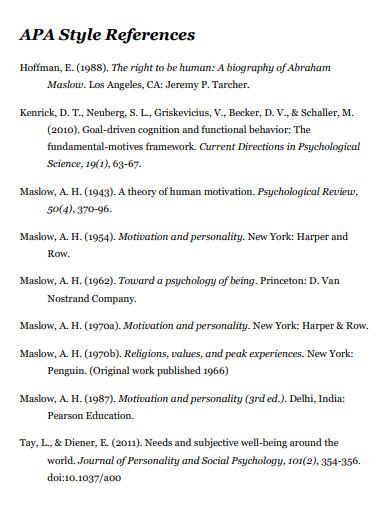
canadacollege.edu
16. Beginner Guide APA 6th Edition
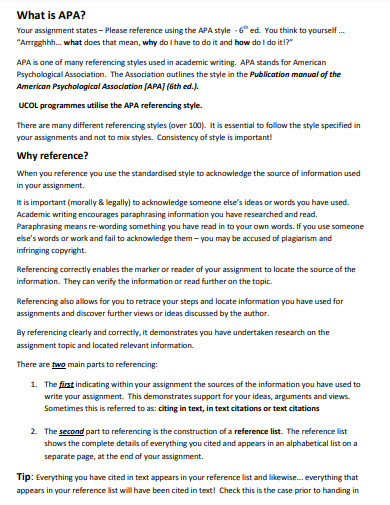
jkuat.ac.ke
17. APA 6th Edition Format
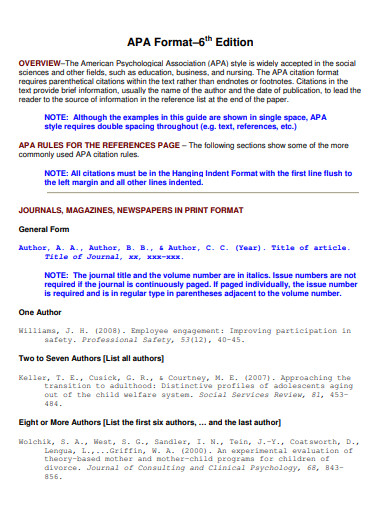
ontariointernational.org
What is APA 6th Edition Format?
APA 6th edition format refers to the guidelines established by the American Psychological Association (APA) for academic writing, particularly in the social sciences. This format encompasses various aspects, such as citation rules, text structure, and the presentation of research findings. By following the APA 6th edition guidelines, writers can ensure their work meets the standards of clarity, objectivity, and academic integrity.
How to Write in APA 6th Edition Forma
To effectively write in APA 6th edition format, it is essential to understand the key elements involved. This step-by-step guide will walk you through the process of structuring your paper, citing sources, and formatting various components.
Step 1: Formatting the Cover Page:
The cover page is the first page of your APA-formatted paper and serves as an introduction to your work. It includes the title of your paper, your name, the institutional affiliation, and a running head. Remember to follow the specific formatting guidelines for page headers and margins provided by APA 6th edition.
Step 2: Organizing the Content:
When writing in APA 6th edition format, it is crucial to have a clear and logical structure for your paper. Begin with an introduction that provides background information and a thesis statement. Then, organize your main ideas into distinct sections, using headings and subheadings as necessary. Ensure a smooth flow of ideas throughout your paper by using appropriate transition words.
Step 3: In-Text Citations and References:
APA 6th edition emphasizes accurate and consistent citation of sources within the text and in the reference list. Whenever you use information from a source, whether it is a direct quote or paraphrased material, include an in-text citation that includes the author’s last name and the year of publication. At the end of your paper, provide a detailed reference list that follows the APA 6th edition guidelines.
FAQs
How does APA 6th edition differ from other citation styles?
APA 6th edition distinguishes itself through its emphasis on author-date in-text citations and a comprehensive reference list. Unlike some other styles, APA 6th edition also provides specific guidelines for formatting headings, tables, figures, and appendices.
Can I use APA 6th edition for a personal narrative essay?
Yes, APA 6th edition format can be used for personal narrative essays. However, keep in mind that the tone and content of personal narratives may differ from traditional academic papers. Ensure your narrative essay maintains proper citation and follows the general structure guidelines of APA 6th edition.
Is APA 6th edition format only applicable to research papers or journal articles?
No, APA 6th edition format is not limited to research papers or journal articles. It can be applied to various forms of academic writing, including books, screenplays, and even short narrative essays. The key is to adapt the APA guidelines to suit the specific requirements and expectations of each writing form.
In academic writing, adhering to a specific format like APA 6th edition is essential for maintaining clarity, consistency, and credibility. By understanding the guidelines and following the step-by-step process outlined in this article, writers can effectively structure their papers, cite sources accurately, and present their research findings with professionalism. Embracing the APA 6th edition format ensures that your work meets the highest standards of academic excellence and contributes to the dissemination of knowledge in your field. So, whether you are writing a journal paper, a book, or even a personal narrative essay, mastering the APA 6th edition format is a valuable skill for any academic writer.


